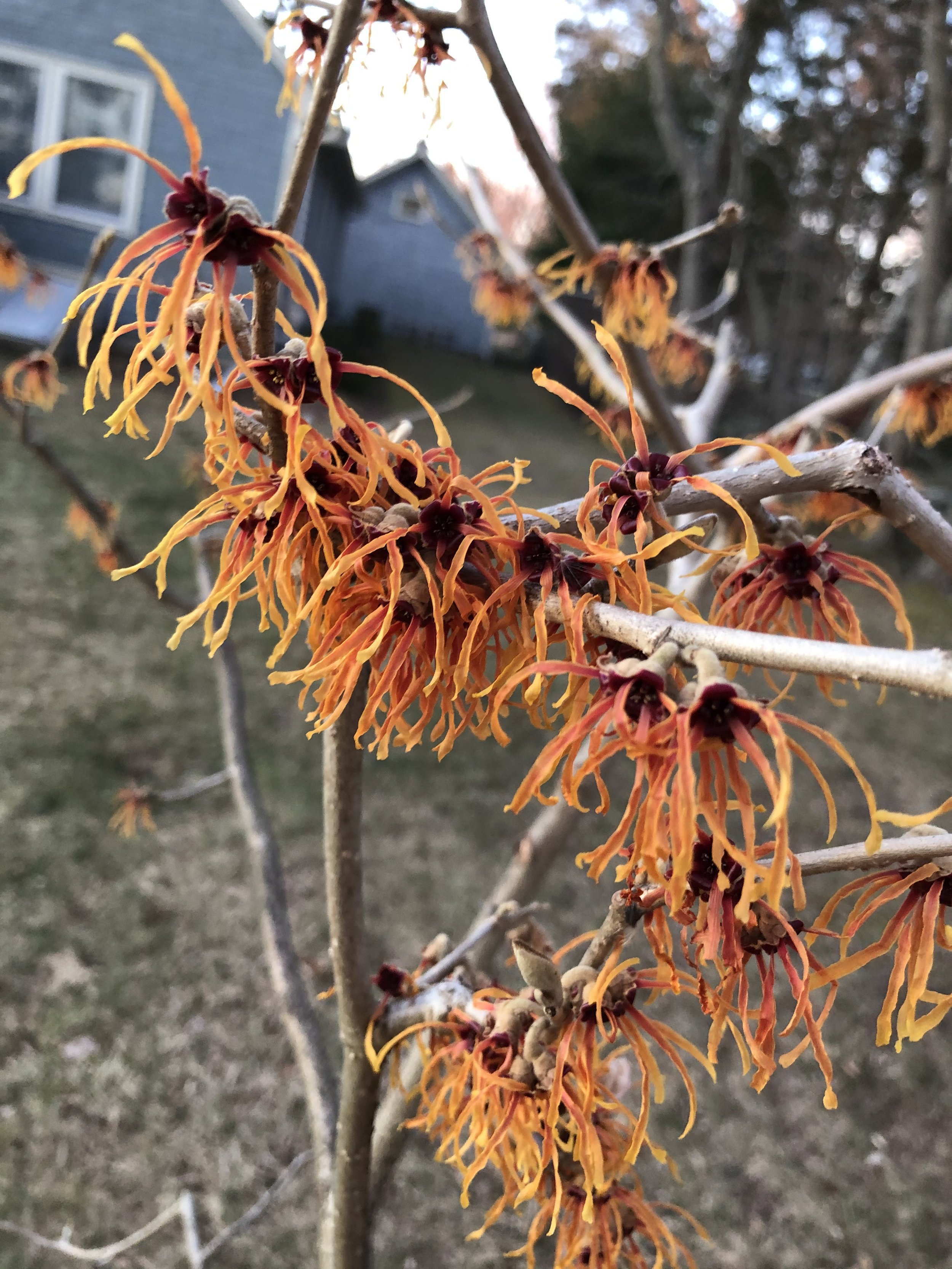Who's behind the name?






The Heritage Tree Center has recently acquired a stunning specimen, the Rhododendron ‘Jane Grant’, and it has prompted an idea for a captivating article series here in the Newport Tree Conservancy Field Notes. What significance lies within a name? Who has had the honor of being immortalized in the horticultural world and what are the stories behind these cultivars that allow their legacy to grow on? This month, we illuminate three remarkable women of horticulture, alongside the botanical marvels fine enough to bear their names.
Jane Grant (1892-1972) was a prominent journalist, being the New York Times’ first city room woman reporter. Later, she co-founded The New Yorker with her husband. Beyond her illustrious career in journalism, Grant ardently championed women’s rights, volunteered for the Red Cross during World War I, and entertained troops in France with her talents for song and dance. She also revitalized the Lucy Stone League, advocating for women to retain their maiden names--a practice she herself embraced. In 1950, she and her second husband created the renowned White Flower Farm, starting the mail order plant business out of their home in Connecticut.
The exquisite rhododendron selection 'Jane Grant', a cross between R. yakusimanum and R. smirnowii, is notable for its consistency in blooming, featuring dark pink buds transitioning to the faintest pink flowers, complemented by its beautiful, felty, leaf undersides, known as the indumentum. Although procuring this plant can be a challenge, its is well worthy of the woman whose name it bears.
Our second featured plant is the Hamamelis x intermedia ‘Jelena’ named for Jelena de Belder. Originating from Croatia, Jelena (1925-2003) studied agronomy and recognized the importance of preserving rare and unusual woody plants so, along with her husband Robert de Belder, Jelena founded the Arboretum Kalmthout in Belgium. It is here that Robert, at the suggestion of Jelena, propagated the Hamamelis from cuttings rather than transplanting. One such cutting was taken from a Hamamelis naturally hybridized between mollis and japonica, notable for its orange flowers tipped with yellow that appear in February. This plant he named for his wife and entered it into a Royal Horticultural Society exhibition where the shrub earned a Certificate of Merit. The couple went on to breed rhododendron, hydrangea, and additional witch hazels, one of which they named after their daughter Diane.
Lastly, we highlight the lovely Itea virginica ‘Henry’s Garnet.’ This shrub is known, as the common name of Sweetspire suggests, for its fragrant white racemes dripping down from the tips of its branches in the summer followed by vibrant red foliage in autumn. Josephine Henry lived in Pennsylvania for her long life from 1911 until 2003, but in that time, she ventured throughout North America and beyond. Many of her travels were with her mother, Mary Gibson Henry, a field botanist and founder of the Henry Foundation for Botanic Research, as she collected wild samples to preserve the native species of North America. On these trips, Josephine would use her artistic talent to illustrate botanical specimens. ‘Henry’s Garnet’ was originally collected as seed or seedlings by Josephine in Georgia and distributed to Scott Arboretum at Swarthmore College in Pennsylvania where they were noticed by famed woody plantsman Micheal Dirr. With the help of Judith Zuk, noted horticulturist and future entrant in this article series, Dirr tracked down this history and named the shrub after Josephine along with the colors of the college, landing on ‘Henry’s Garnet.’
In the same way that we have just brushed the surface of the importance of these three women and their contributions, both societal and horticultural, we have also only begun to delve into the people behind the plants. There is a story behind every tree, and a motivation behind every name. Hundreds, if not thousands more plants are named after people, be it for their horticultural prowess, inspirational manner, or out of love, and that is a wonderful thing to be reminded of as each passing season blooms and grows.
By Morgan Palmer — Plant Production Manager
May, 2024
